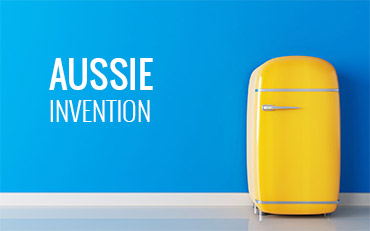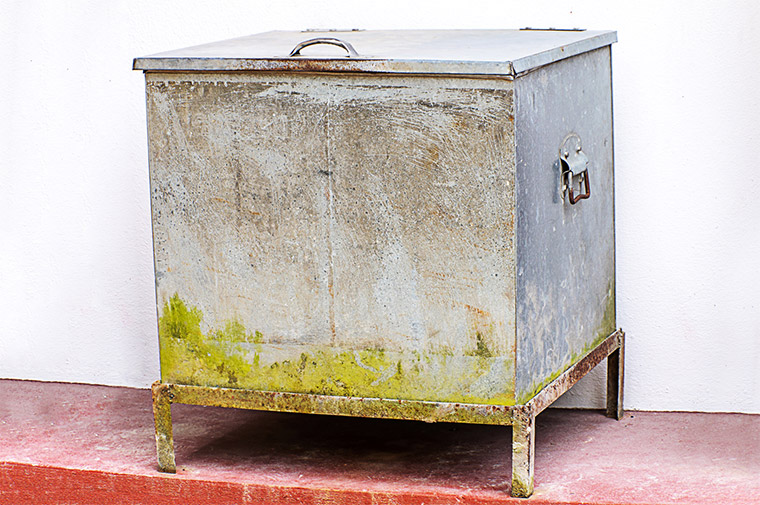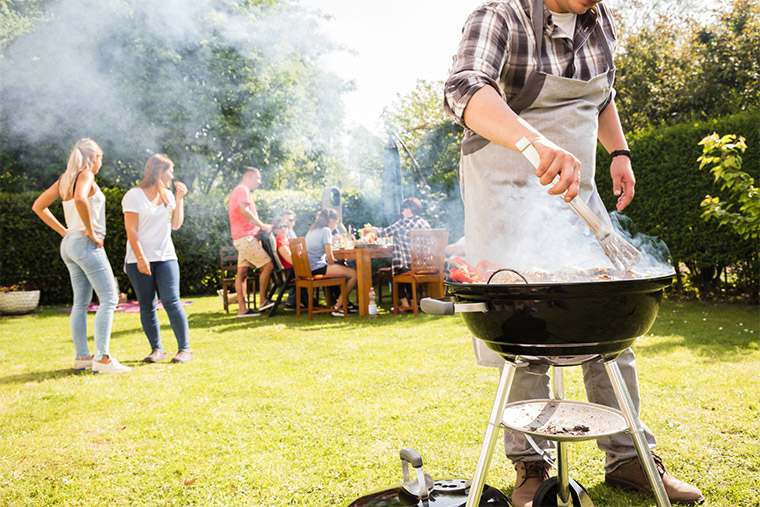The Refrigerator Cool Aussie Invention

The Refrigerator - Cool Aussie Invention
The refrigerator or "fridge" is a household appliance that is a thermally insulated compartment and heat pump (mechanical, electronic, gas or chemical). Heat is transferred from the inside of the fridge to the external environment so that the inside of the fridge is cooled to a temperature below the ambient temperature outside the fridge.
Refrigeration has become an essential food storage technique by lowering the reproduction rate of bacteria and therefore, reducing the rate of food spoilage.
The Coolgardie Safe
The Coolgardie safe was invented in the late 1890s in the Western Australian gold fields by Arthur McCormick, who applied the same principle that explorers and travelers in the outback used to cool their canvas water bags.
When the canvas water bag becomes wet the fibres expand and the bag holds most of the water. Some water seeps out and evaporates, cooling the water inside the bag. It is most effective when air continually moves past the bag.
The Coolgardie safe was made of wire mesh, hessian and a wooden frame with a galvanised iron tray on top. The tray was filled with water and a hessian bag hung over the side with one of the ends dipped into the tray to soak up the water.
Gradually the hessian bag, acting as a wick, drew water from the tray by the process of capillary action. The safe was usually placed on a verandah where a breeze could pass through the wet hessian and evaporate the water. This cooled the air inside the safe, and in turn cooled the food stored in the safe while also protecting it from flies, ants and scavengers.
This technology may also have been adopted by the explorer and scientist, Thomas Mitchell, after he observed the way Indigenous Australians used kangaroo skins to carry water.
Coolgardie safes, which were home-made or sold commercially, were widely used in country areas of Australia well into the 20thcentury.

The Ice Chest
Image: ice chestJames Harrison, a Scottish Australian, built the first mechanical ice-making machine in the world in 1851 on the banks of the Barwon River in Geelong, Victoria. His first commercial ice-making machine followed in 1854. Harrison was also a journalist and editor at The Age newspaper.
As ice-making technology became more widespread in the early 20th century, the ice chest or icebox replaced the Coolgardie safe in cities and country towns where ice was readily available.
The ice chest was usually a timber cabinet lined with tin or zinc. A large block of ice was placed into a compartment at the top of the cabinet and the dripping water was collected down a drainage tube into a tray underneath the cabinet as the ice slowly melted. Cold air circulated down and around the storage compartments in the lower section to cool the perishable food which was stored on wire shelves.
The Aussie Invention
The first practical vapor compression refrigeration system was built and patented by James Harrison in 1856 using ether, alcohol or ammonia. Harrison also introduced commercial vapor-compression refrigeration to breweries and meat packing houses. By 1861, a dozen of Harrison’s systems were in operation.
Harrison pioneered the shipping of meat between Britain and Australia using his refrigeration systems although there were some early disasters. However, the first company to use his refrigeration system was a Bendigo-based brewery, Glasgow & Co.
Harrison's method of refrigeration is still used in fridges today although ether is no longer the preferred gas and his original process has been significantly refined.

The Aussie BBQ
So the next time you’re enjoying a cold beer and a snag at an Aussie BBQ, make sure you raise your glass (or stubby) to the Scottish Australian, James Harrison, who came up with a very cool invention, the refrigerator.
ABC radio - Australian History of Refrigeration
